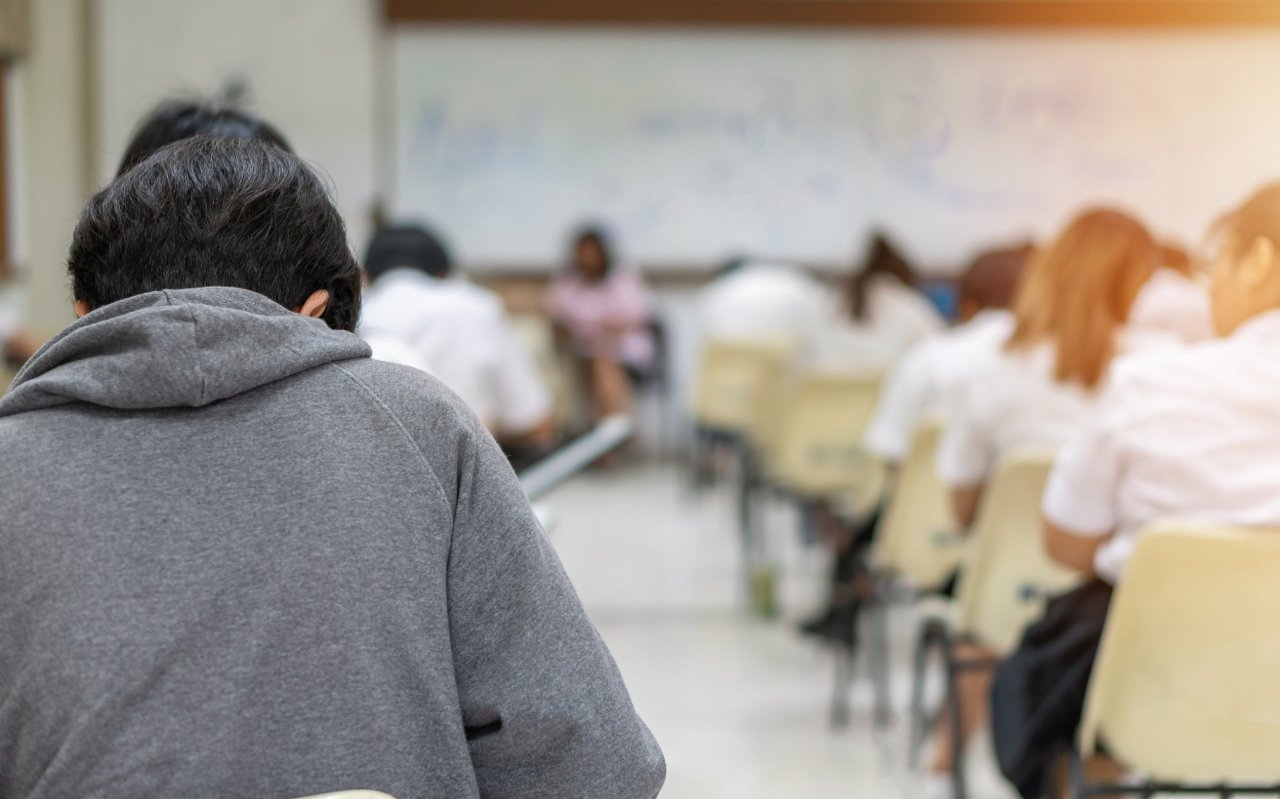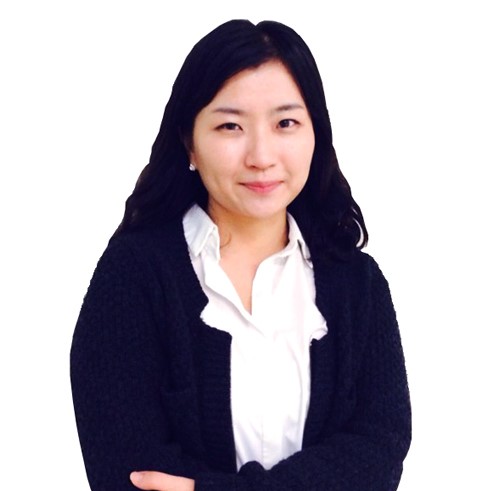[Newsmaker] Alone in the world: Two young adults talk life after aging out of foster care
By Park Han-naPublished : Sept. 2, 2022 - 15:03

Trying to figure out life on their own, these young people often face financial and psychological difficulties, but their struggles go unheard, as they are legal adults.
Last month in Gwangju, two such young people gave up on their lives just days apart, which has brought attention to the strife of those who have aged out of the state care system.
The Korea Herald talked to two of them.
Future on hold
Park Min-seo’s university life has been put on hold after the first semester.
Living alone since February, Park struggled to juggle university life and part-time jobs she took to support herself. Her grades in the first semester failed to reach the requirement for a government scholarship.
With no means to pay for tuition, she had to take a leave of absence.
“I am taking a leave of absence for a while to do more part-time jobs and save up,” she said. “It would be great if the government expands tuition assistance.”
Her income consists of around 800,000 won ($591) she receives in monthly allowances from the government and whatever she earns on her own.
She lives in a public rental home built and provided by the state-run Seoul Housing & Communities Corp. as part of a public housing program aimed at alleviating the burden of high residential costs for the younger population. She paid 7 million won in a down payment and also pays her monthly rent.
Of that money, 5 million won came from the local government in a lump-sum payment when she left the residential care facility earlier this year. It is customary for 18-year-olds to leave after they graduate from high school.
University tuition for the first semester, about 3.5 million won, was covered by the government scholarship program. But she failed to qualify for that in the second semester.
“I needed to do part-time jobs to make a living, while studying” she said, because the monthly subsidies she receives from the government were not enough to cover basic living costs.
The one-off financial support people like Park receive vary from city to city. Some local governments pay 5 million won, others as much as 15 million won. Seoul doles out 5 million won, with another 5 million won granted to those who present a document-backed proposal on the planned usage of the additional funds. The Ministry of Health and Welfare recommends financial support of at least 8 million won.
Of the 800,000 won in cash Park receives from the government every month, 300,000 won is a livelihood subsidy exclusively for people like her which continues for five years after leaving the care system. The amount was recently raised to 350,000 won in August and will reach 400,000 next year. The rest is from the government’s poverty alleviation subsidy and the amount changes depending on the recipient’s income level. In a nutshell, the more you earn, the less help you get.
No one to rely on
Another college freshman freshly out of the care facility in February, Kim says financial difficulties are not all that pulls him down.
Having grown up in foster care with many other kids, he feels like his world has turned upside down and he feels unsure if could make it alone all by himself.
“It felt like everything happened in a flash,” said Kim, who wished to be identified only by his surname. “I’ve been living with 40 other kids for more than 10 years. Now, I’m all alone. I had to deal with the fear and loneliness of being alone.”
Like in many other countries, turning 18 -- the legal threshold for adulthood -- means you get ready for a life alone, outside the care system. In principle, you can choose to stay on until 24, but this rarely happens, as most centers are primarily for children, not young adults.
Many of his friends also came out of the care system, Kim said.
Some went broke soon after taking their first step into society because they didn’t know how to manage finances.
There is a lot that care leavers have to figure out on their own, he added.
“During the time in the institution, they tell you very basic stuff like you have to save money. But there is no practical guidance like how to apply for a government grant or a charity or open a housing subscription savings account,” he said.
Unlike Park, he was lucky to find a place to live at a much more affordable price. His home is a small studio in a complex built and operated by Samsung Group and the Community Chest of Korea as a part of their joint program to provide stable living environments for care leavers. He paid 1 million won in a down payment and pays 100,000 won in monthly rent. He can stay there for up to two years, he said.
“I, too, am a recipient of the government’s basic livelihood support (for low-income households), getting around 500,000 won per month. Unless I go on a shopping binge, I can manage living on that,” the 19-year-old said.
Out of care, but still needing care
Experts in the field say teens who age out of the care system have long been a low priority for the welfare system, despite being among the most vulnerable groups in need.
In other countries, studies have revealed that those who grew up in care were more likely to die prematurely, with the cause of their death likely to be related to self-harm, an accident or mental illness.
A UK study, released in 2020, tracked more than 350,000 care leavers between 1971 and 2013 and found that they were 70 percent more likely to die prematurely than those who had never spent time in the care system as children.
There is no corresponding data in South Korea, but the two recent suicides of young adults in Gwangju should serve as a wake-up call for the country’s lack of a safety net for them, local experts said.
Lee Il-su, who leads a team at the nonprofit Good Neighbors, which works to support youth aging out of the care system, said there is an urgent need to beef up the number of social workers assigned to provide hands-on assistance to care leavers.
Social workers need to regularly meet with young care leavers who face a wide range of difficulties ranging from housing arrangements to basic living skills, job opportunities and mental health, without a supportive family or guardian.
“In order to support (care leavers) according to their varying characteristics and needs and help them launch into an integrated and relationship-oriented independence, the number of personnel dedicated to self-reliance support should be sufficiently expanded,” said Lee.
According to a report published by the National Assembly Research Service in April last year, as of 2020 there are 267 social workers charged with a total of 22,807 care leavers. This translates to over 85 care leavers for one official.
Lee also stressed the need to better prepare adolescents, while in care, for life afterwards, as life alone requires skills they were never taught, like housekeeping and money management.
A director of a residential care facility in Jongno, central Seoul, stressed the importance of emotional and psychological support.
He said in institutions, there are a growing number of children taking pills for mental problems, including attention deficit hyperactivity disorder.
“They need close care from people they have already built rapport with. With the current number of workers, it is hard to care for their emotional well-being and other needs these children have after striking out alone,” said the director, who wished to remain anonymous.
A mentoring program that connects adults who successfully started their life after years in care and those who are preparing to take that step would be an effective educational method, he said.
“Perhaps it’s because they have a small age difference and shared the same experience, children tend to take advice from recent care leavers easily,” the director said.








![[Graphic News] More Koreans say they plan long-distance trips this year](http://res.heraldm.com/phpwas/restmb_idxmake.php?idx=644&simg=/content/image/2024/04/17/20240417050828_0.gif&u=)
![[KH Explains] Hyundai's full hybrid edge to pay off amid slow transition to pure EVs](http://res.heraldm.com/phpwas/restmb_idxmake.php?idx=644&simg=/content/image/2024/04/18/20240418050645_0.jpg&u=20240419100350)








![[KH Explains] Hyundai's full hybrid edge to pay off amid slow transition to pure EVs](http://res.heraldm.com/phpwas/restmb_idxmake.php?idx=652&simg=/content/image/2024/04/18/20240418050645_0.jpg&u=20240419100350)

![[Today’s K-pop] Illit drops debut single remix](http://res.heraldm.com/phpwas/restmb_idxmake.php?idx=642&simg=/content/image/2024/04/19/20240419050612_0.jpg&u=)